13. Skin Electronics¶
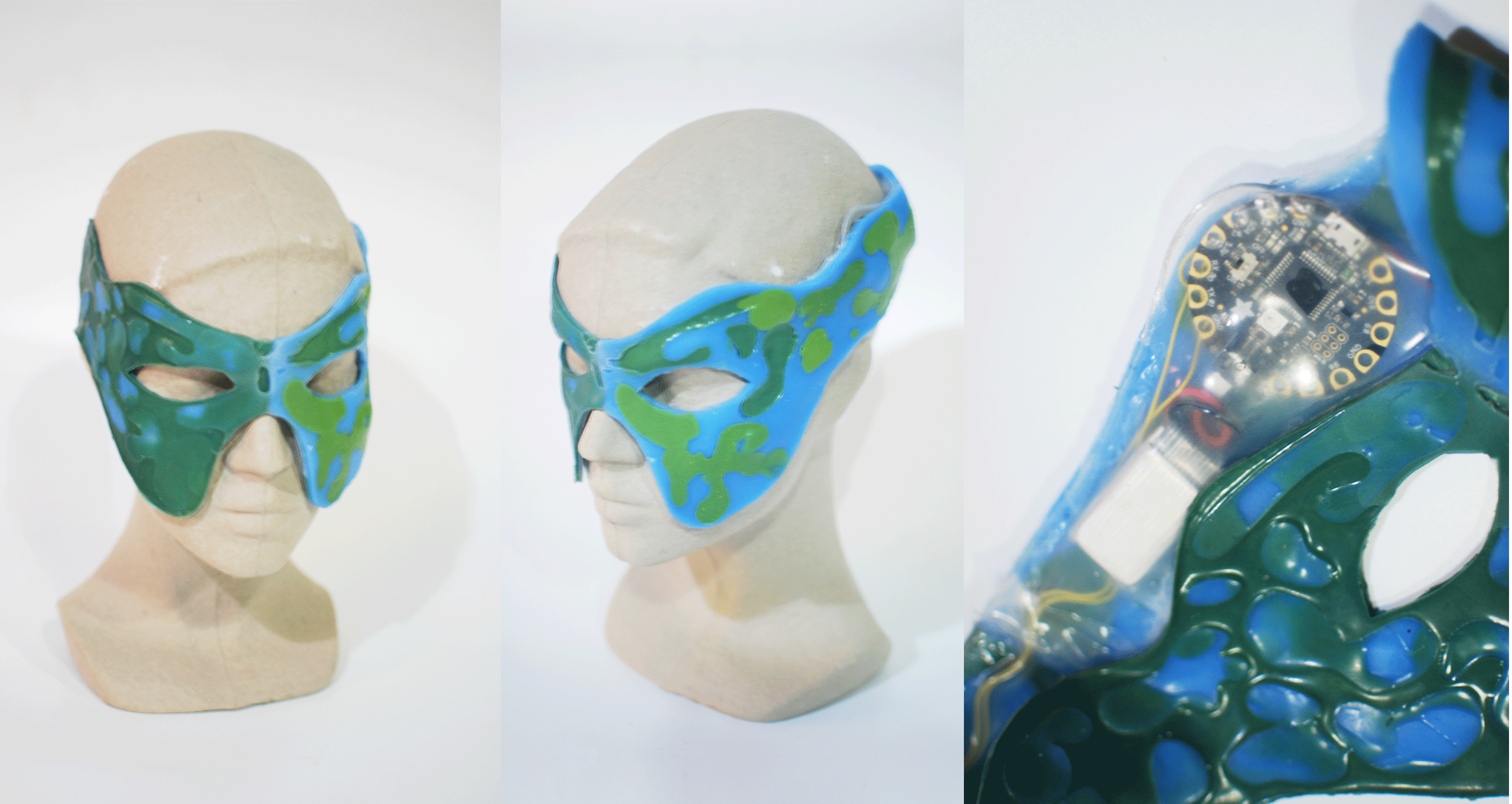
Classes & teoric¶
We had a very interesting class with Victor in the lab.For me, he is an amazing teacher!Here some notes, excercise and projects.
CAPACITIVE SENSOR
What is a capacitive sensor?
From - Wikipedia, the free encyclopedia
In electrical engineering, capacitive sensing (sometimes capacitance sensing) is a technology, based on capacitive coupling, that can detect and measure anything that is conductive or has a dielectric different from air. Many types of sensors use capacitive sensing, including sensors to detect and measure proximity, pressure, position and displacement, force, humidity, fluid level, and acceleration. Human interface devices based on capacitive sensing, such as trackpads, can replace the computer mouse. Digital audio players, mobile phones, and tablet computers use capacitive sensing touchscreens as input devices. Capacitive sensors can also replace mechanical buttons.
A capacitive touchscreen typically consists of a capacitive touch sensor along with at least two complementary metal-oxide-semiconductor integrated circuit chips, an application-specific integrated circuitcontroller and a digital signal processor . Capacitive sensing is commonly used for mobile multi-touch displays, popularized by Apple's iPhone in 2007.
So it was very easy to undestand with this example

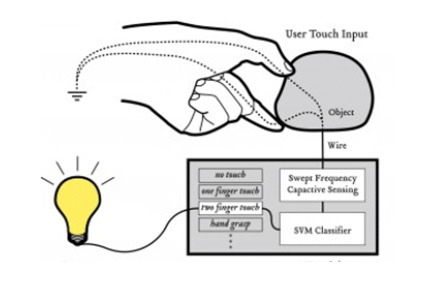
Some examples & projects to get inspired¶
- Satomunehiko¶
Tactile Dialogues from STS CRISP on Vimeo.
https://www.wearablex.com/ http://www.rachelfreire.com/embodisuit/
Others interesting things to investigate¶
Art electronica prize Electrical paint Led eyelash
Exercises in class¶
EXERCISE ONE: HEATING A CONDUCTIVE THREAD
First of all we have to look for the thread datasheet .Our was Bekinox VN 12.1.2.100Z We use Lisa ´s presentation Week 10 sketch to construct the circuit
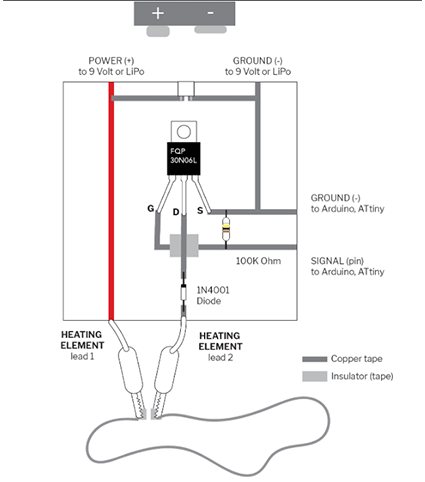


The code is this
*/
int HEATPin = 6;
// the setup function runs once when you press reset or power the board
void setup() {
// initialize digital pin LED_BUILTIN as an output.
pinMode(6,OUTPUT);
}
// the loop function runs over and over again forever
void loop() {
digitalWrite(6, HIGH); // turn the LED on (HIGH is the voltage level)
delay(2000); // wait for a second
// digitalWrite(6, LOW); // turn the LED off by making the voltage LOW
delay(1000); // wait for a second
}
EXERCISE ONE: ADAFRUIT FLORA
#include <CapacitiveSensor.h>
/*
* CapitiveSense Library Demo Sketch
* Paul Badger 2008
* Uses a high value resistor e.g. 10M between send pin and receive pin
* Resistor effects sensitivity, experiment with values, 50K - 50M. Larger resistor values yield larger sensor values.
* Receive pin is the sensor pin - try different amounts of foil/metal on this pin
*/
CapacitiveSensor boton = CapacitiveSensor(12,9); // 10M resistor between pins 4 & 2, pin 2 is sensor pin, add a wire and or foil if desired
void setup()
{
Serial.begin(9600);
}
void loop()
{
long valor = boton.capacitiveSensor(30);
Serial.println(valor); // print sensor output 3
delay(10); // arbitrary delay to limit data to serial port
}
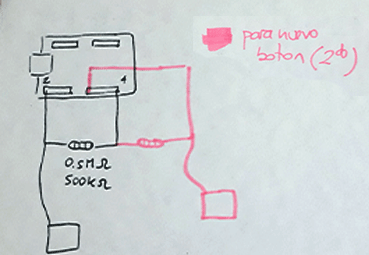
Algorithm¶
Flowchart¶
PROJECT :Some inspirations¶

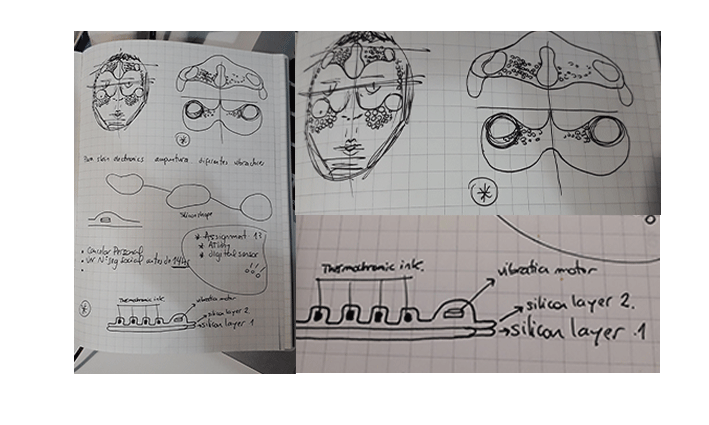
Starting: What do you need?¶
FLORA Lithium Ion Polymer Battery - 3.7v 150mAh SOLDERING KIT haptic-controller vibration motors micro lipo usb charger
How meassure battery charge here
Sketching the circuit¶
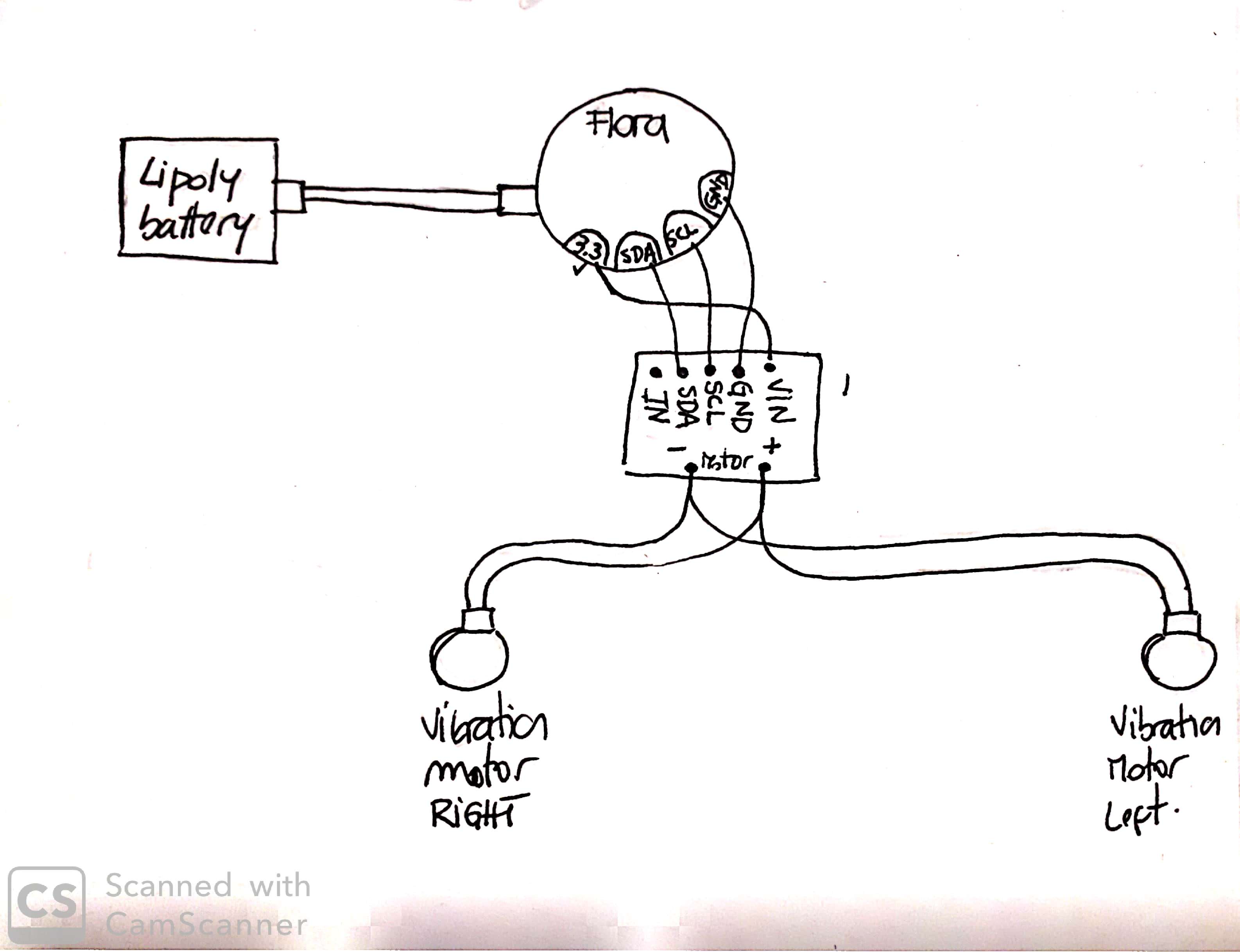
Vibration motor sense test¶
![]()
Rhino design mask silicon mold¶
![]()
Laser cutter¶
FALTAN FOTOS PROCESO
Thermochromic ink¶
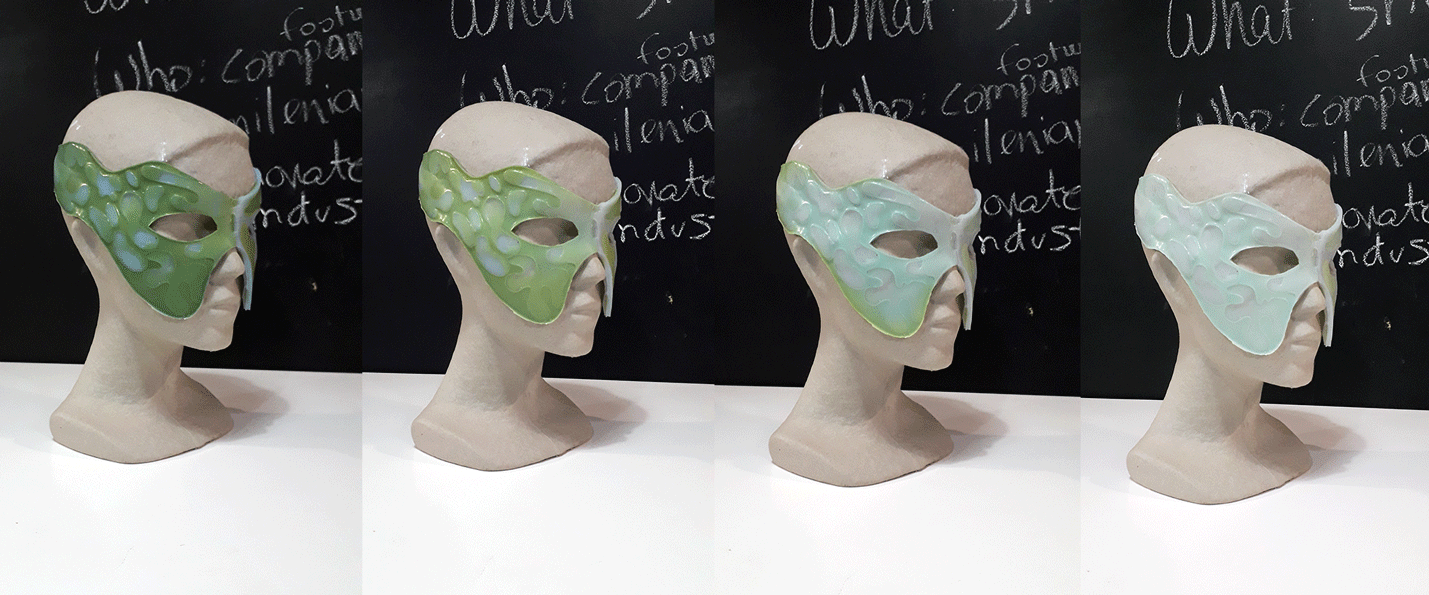
Useful video & links¶
how to install arduino library